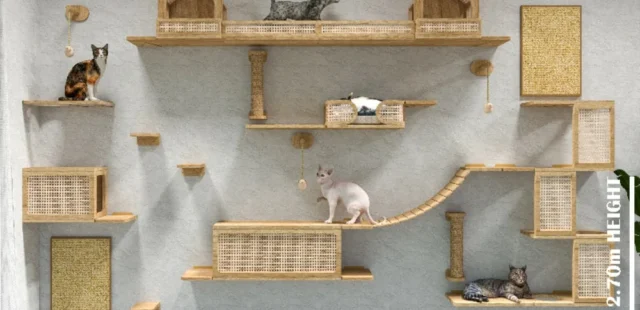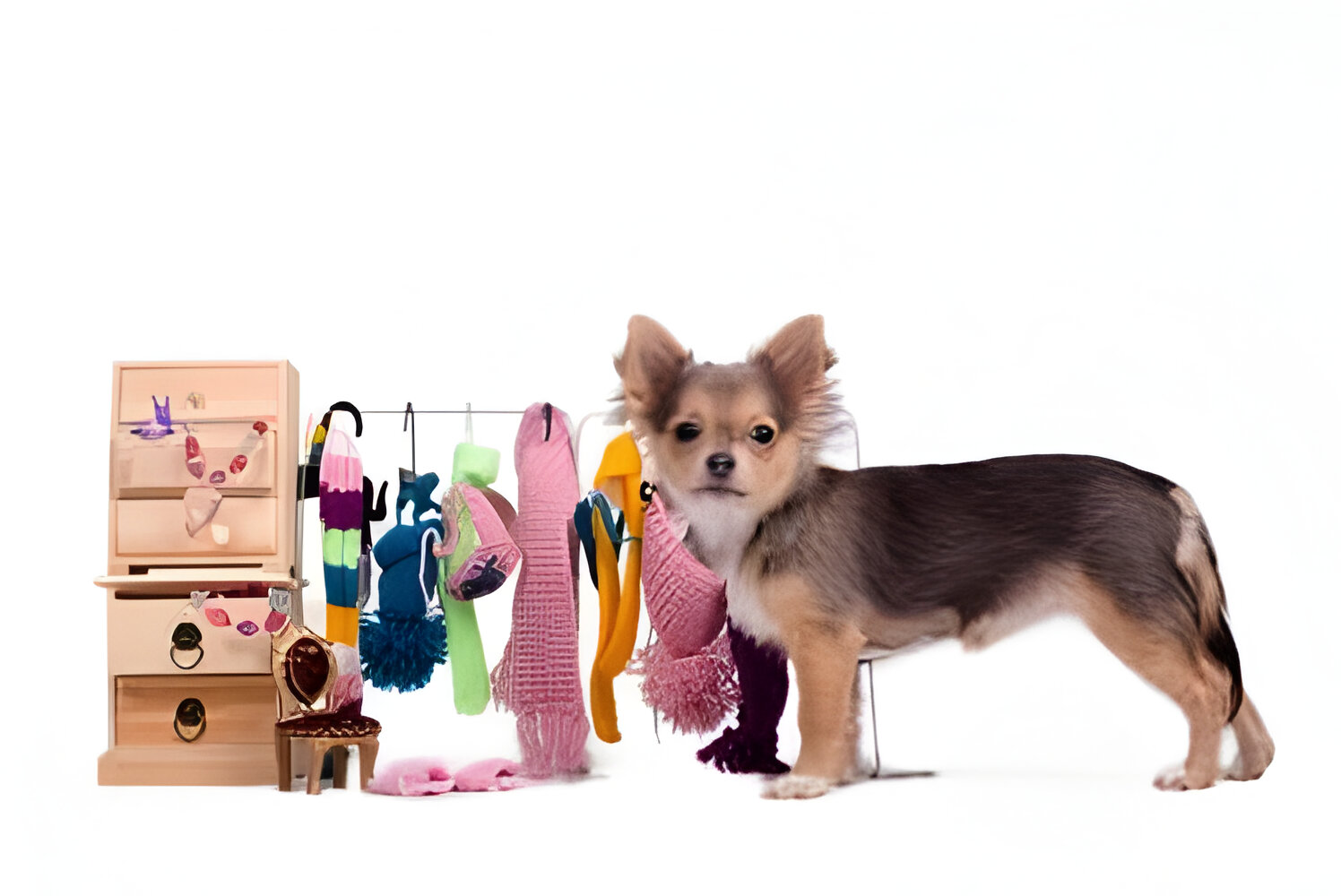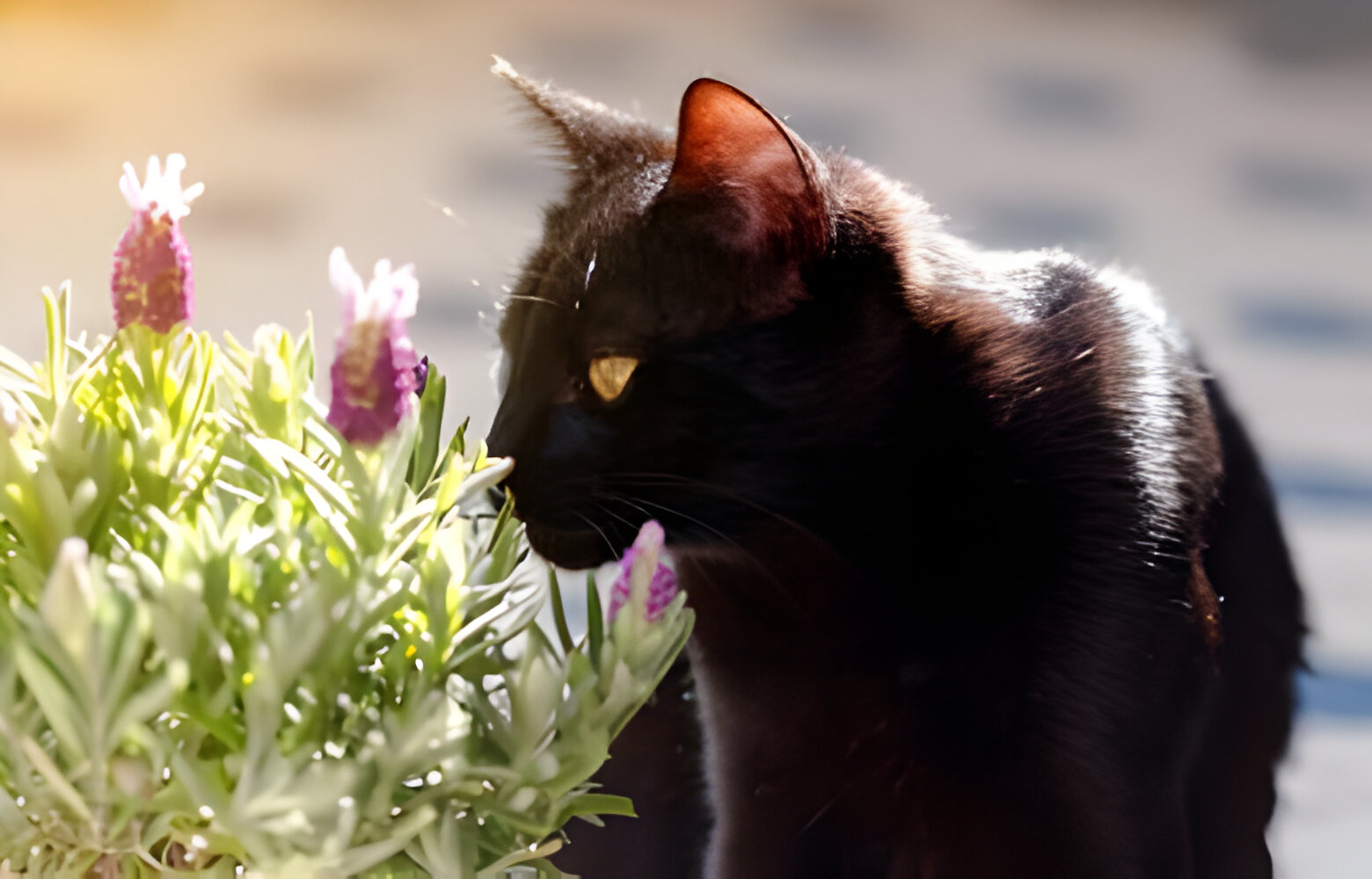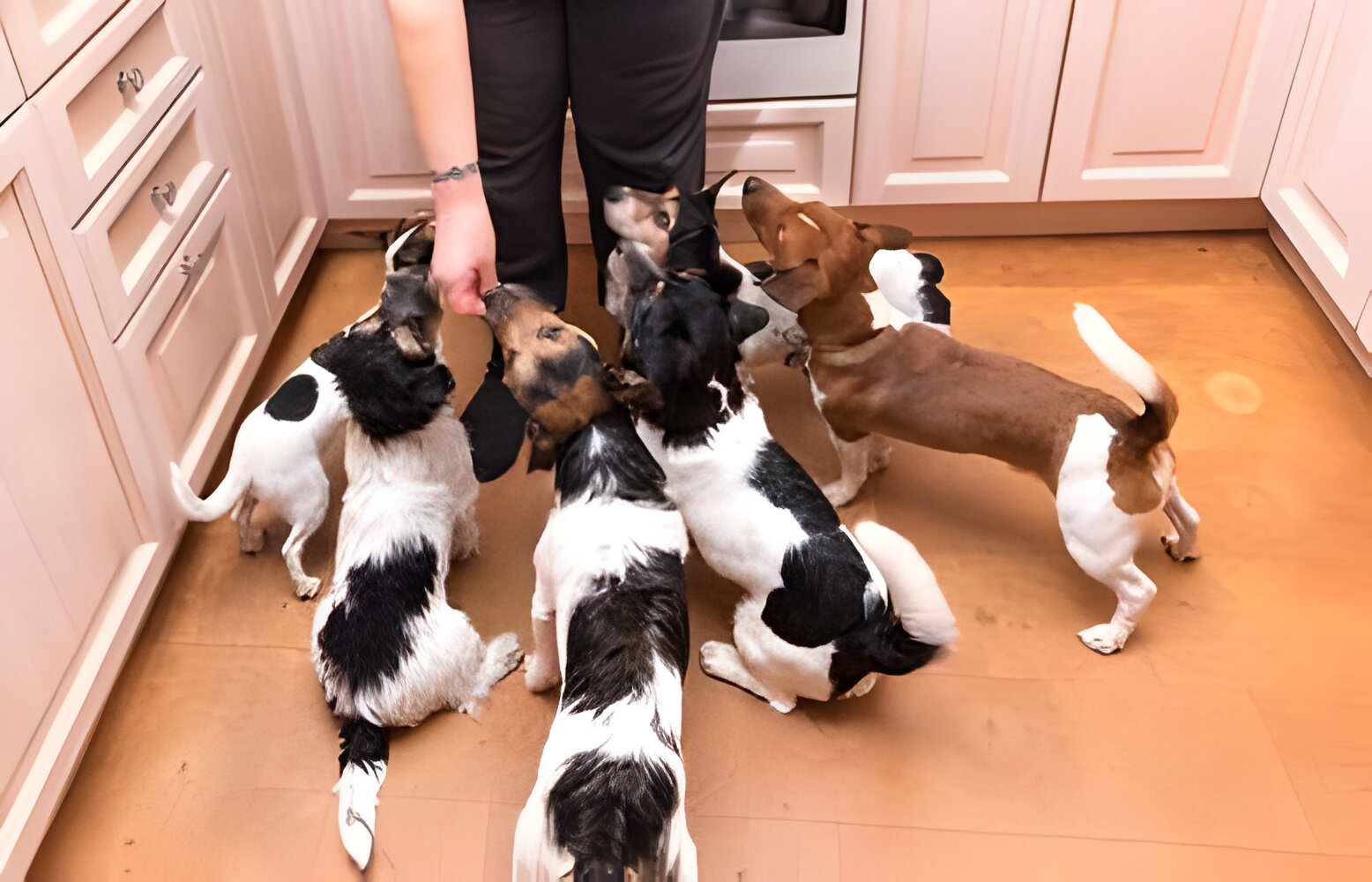As our beloved canine companions age, their needs evolve. Senior dogs, much like senior humans, require special attention and care to ensure they remain healthy, happy, and comfortable in their golden years. Whether you’ve recently welcomed an older dog into your home or caring for a lifelong furry friend, here are some essential tips for providing the best care for your senior dog.
Understanding the Aging Process
Before diving into specific care tips, it’s important to understand what constitutes a “senior” dog. Generally, dogs are considered senior at around 7 years of age, but this can vary based on breed and size. Larger breeds tend to age faster than smaller breeds. For example, a Great Dane might be considered senior at 5 or 6, while a Chihuahua might not reach senior status until they’re 9 or 10.
Aging in dogs brings about various physical and behavioral changes, including:
- Reduced energy levels
- Graying fur, especially around the muzzle
- Stiffness or arthritis
- Changes in weight (either gain or loss)
- Dental issues
- Decreased vision or hearing
- Cognitive decline
Recognizing and adapting to these changes is key to providing the best care for your senior dog.
Regular Veterinary Check-Ups
One of the most important aspects of caring for a senior dog is ensuring they receive regular veterinary check-ups. As dogs age, they become more susceptible to a range of health issues, including arthritis, diabetes, kidney disease, and cancer. Regular check-ups, ideally every six months, can help catch and manage these conditions early.
During these visits, your vet may recommend blood tests, urinalysis, and other diagnostic tests to monitor your dog’s health. They can also advise on diet, exercise, and any necessary medications or supplements.
Adjusting Diet and Nutrition
As dogs age, their nutritional needs change. Senior dogs often require a diet lower in calories but higher in fiber to help maintain a healthy weight and digestive system. Protein remains important to support muscle mass, but it should be easily digestible.
Consider the following dietary tips for senior dogs:
- Specialized Senior Dog Food: Many brands offer formulations specifically for senior dogs, which can help address their unique nutritional needs.
- Joint Supplements: Glucosamine and chondroitin can support joint health and mobility.
- Weight Management: Keep a close eye on your dog’s weight, as obesity can exacerbate health problems like arthritis and diabetes.
- Hydration: Ensure your dog has constant access to fresh water, as older dogs can be prone to dehydration.
Always consult your veterinarian before making significant changes to your dog’s diet.
Exercise and Mental Stimulation
While senior dogs may not have the same energy levels as their younger counterparts, regular exercise remains crucial. Exercise helps maintain a healthy weight, supports joint health, and provides mental stimulation.
Adapt your dog’s exercise routine to their capabilities:
- Shorter, More Frequent Walks: Instead of long, strenuous walks, take your dog on shorter, more frequent walks.
- Gentle Play: Engage in gentle play activities that don’t overstrain your dog, such as fetch with a soft toy or low-impact games.
- Mental Stimulation: Provide puzzle toys, training exercises, and new experiences to keep your dog’s mind sharp. Scent games, for example, can be particularly enjoyable for older dogs.
Comfort and Accessibility
As dogs age, they may experience reduced mobility and find it harder to navigate their environment. Making your home more senior-dog-friendly can significantly improve their quality of life.
Consider these adjustments:
- Orthopedic Beds: Invest in a high-quality orthopedic bed to support your dog’s joints and provide comfort.
- Ramps and Steps: Use ramps or steps to help your dog access furniture or navigate stairs.
- Non-Slip Flooring: Place rugs or mats on slippery floors to prevent falls
- Accessible Food and Water: Ensure that food and water bowls are easily accessible, possibly using raised feeders to reduce strain on the neck and joints.
Grooming and Hygiene
Grooming needs may change as your dog ages. Regular grooming not only keeps your dog looking their best but also helps you monitor their health.
Key grooming tips for senior dogs include:
- Regular Brushing: Brush your dog’s coat regularly to reduce shedding and prevent mats.
- Nail Trimming: Senior dogs may be less active and require more frequent nail trims to prevent overgrowth.
- Dental Care: Dental health is crucial. Brush your dog’s teeth regularly and consider dental chews or professional cleanings as recommended by your vet.
- Skin Checks: Perform regular checks for lumps, bumps, or skin changes and report any concerns to your veterinarian.
Monitoring and Managing Health Issues
As dogs age, they are more prone to health issues such as arthritis, diabetes, kidney disease, and cognitive dysfunction. Regular monitoring and proactive management are essential.
Here are some common health concerns in senior dogs and how to address them:
- Arthritis: Look for signs of stiffness, limping, or difficulty moving. Your vet may recommend joint supplements, pain management, or physical therapy.
- Dental Disease: Maintain good oral hygiene and seek veterinary care for any signs of dental problems, such as bad breath, drooling, or difficulty eating.
- Vision and Hearing Loss: Adapt your home environment to help your dog navigate safely. Use verbal and tactile cues to communicate.
- Cognitive Dysfunction: Watch for signs of cognitive decline, such as disorientation, changes in sleep patterns, or house soiling. Supplements, medications, and enrichment activities can help manage symptoms.
Providing Love and Attention
Perhaps the most important aspect of caring for a senior dog is providing them with love and attention. Senior dogs often become more affectionate and enjoy spending time with their human companions. Regular cuddles, gentle petting, and quality time together can significantly improve their well-being.
Caring for a senior dog requires a bit more effort and attention, but the rewards are immeasurable. By providing regular veterinary care, adjusting their diet, ensuring appropriate exercise, making your home comfortable, maintaining grooming routines, and monitoring their health, you can help your senior dog enjoy a happy and healthy life in their golden years.
Remember, your senior dog has given you years of companionship and loyalty. Now, it’s your turn to give them the best care possible. With a little extra love and attention, you can ensure that their later years are filled with comfort, joy, and plenty of tail wags.















